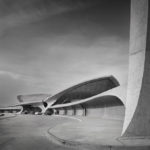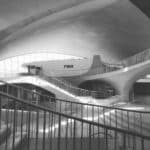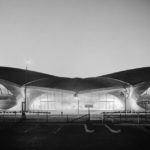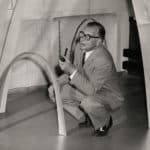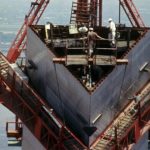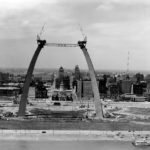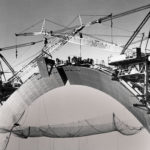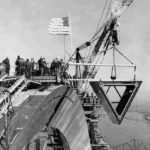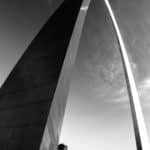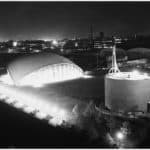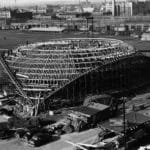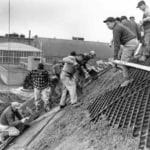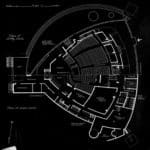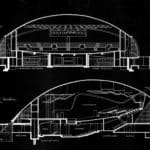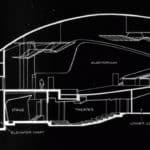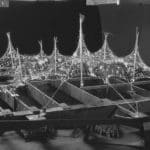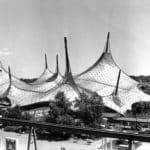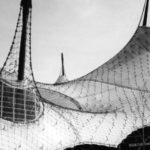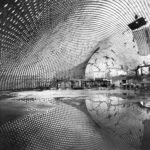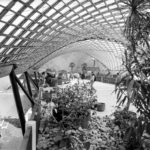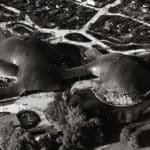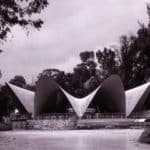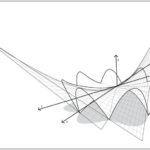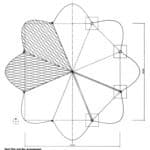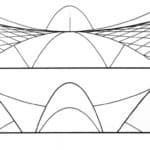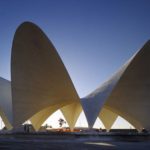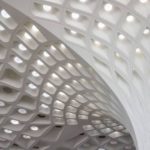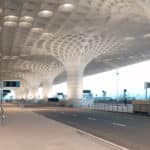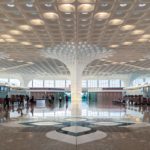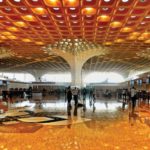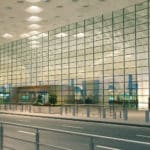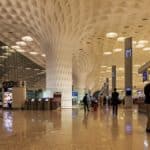Iconic structures were not made in a day. To conceive an idea on such a grandiose level is no joke to begin with, but it takes even more than that just to come up with the blueprint of that idea to take the first steps to turn it into a reality.
An elegant architectural construction finds expression in its poised and graceful position and structure. And this elegance in Architecture makes it essentially timeless in form and design.
Featured Image Courtesy of Sebastian Weiss
However, this is just not something that is limited to the beautiful exterior of the structures alone, and goes way beyond than that. There’s a basic element in all of these structures that makes it a timeless monument and gives it a sense of identity.
The Remarkable Beauty of Architectural Structures
Magnificence in architecture does not only lie in the materials it’s made of but in the behavior and performance of the structure and the “facade elements” as essential constituents.
These are the prerequisites for achieving an “aesthetic appeal” and for acquiring a balance of engineering creativity and conception of a proper line of action.
An “elegant” form is one that satiates the need for an efficient structure, suit the economic preferences of the organization and turn out to be just as beautiful as the creators had thought of it to be.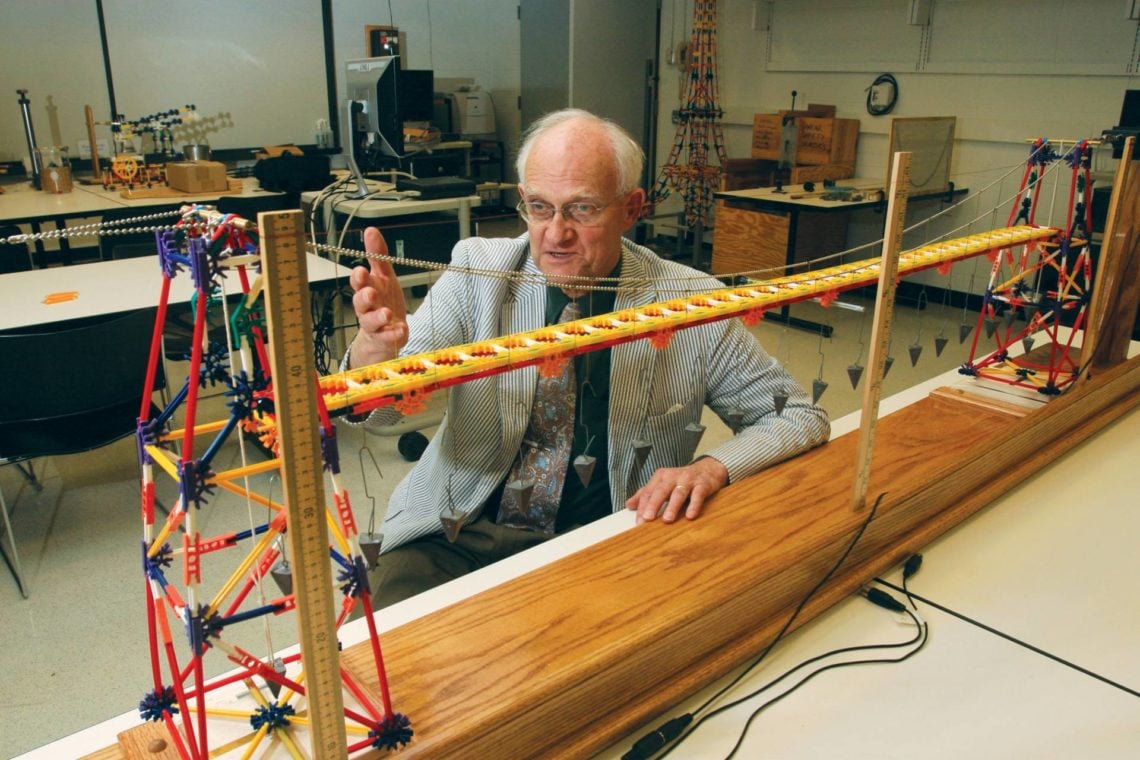
As per Prof.David P.Billington of Princeton University, the workings of “structural engineering designs” could be taken as the most accurate expression of “Structural Art,” only when it’s successful in achieving the 3 Es of the subject- Elegance, Economy, and Efficiency.
This termed has been formed in his book ‘The Tower and the Bridge’ in the year 1983. And, has been heralded as a product of his intensive study of a wide range of structures and their respective individual designs.
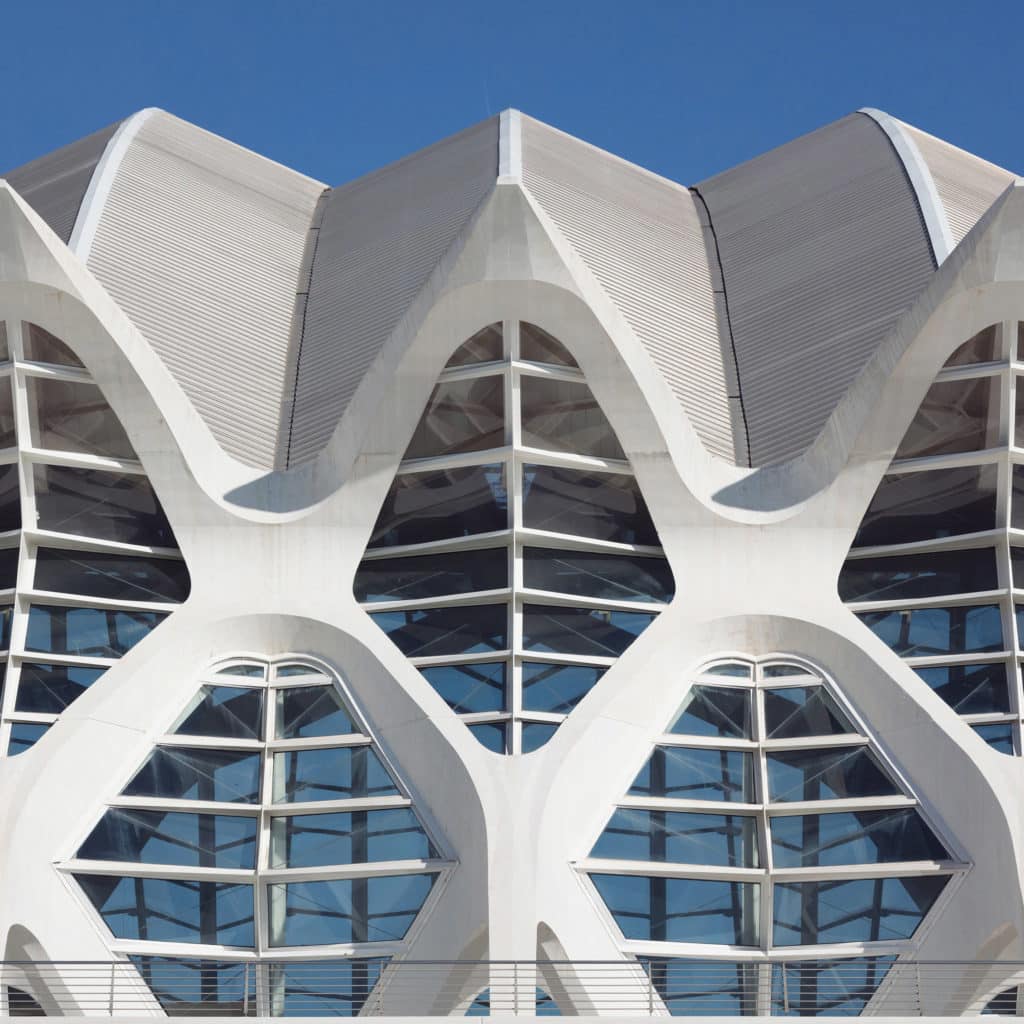
Image Courtesy of Sebastian Weiss
Mysterious mechanisms of the structures
The highest level of “Structural performance” could be achieved in the perfect cohesion of form and design. In this ultimate stage of the structure, it achieves all of the 3 essential Es that bring the structure to an accurate and perfect conclusion.
How do these Es work?
To understand how these fundamental blocks build up a structure, you’d have to learn to decode its fundamental aspects and know how each works.
Decoding the elements
One of these 3 Es that stands for Elegance signifies greater things than mere aesthetic appeal. A structure should not only look good, but the aesthetic components of its overall form and design should also serve a functional purpose as well.
A building can never be a successful work of structural art if it doesn’t score full points on the overall “structural engineering design,” which should be functional and entirely safe.
The vast arena and center stage of Architecture has seen numerous maestros and geniuses of design and engineering weave magic in their creation of “Structural Art.”
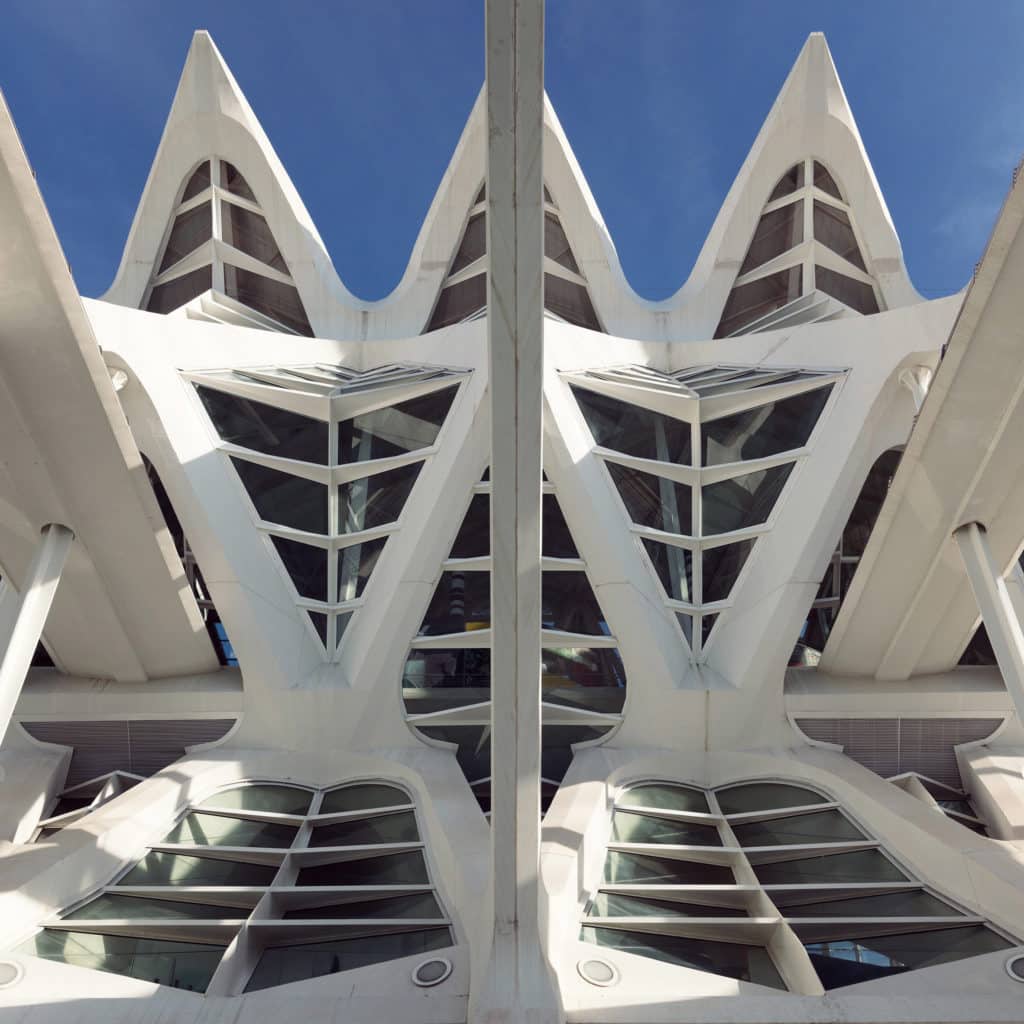
Image courtesy of Sebastian Weiss
They have enthralled and captivated the senses of all the spectators down the historical path of architecture by their valuable contributions that accentuated the beauty of the structures.
But at the same time, this structural beauty is well-balanced by an essential element of “boldness” which is an individual expression for all buildings and is unique for each.
John Augustus Roebling
One such master artist in the field was John Augustus Roebling, an American civil engineer, originally from Germany, who brought forth marvelous designs of “wire rope suspension bridges.” He did take some essential steps for bringing the bridges to the limelight, and now it’s considered as one of the master-strokes in architectural history.
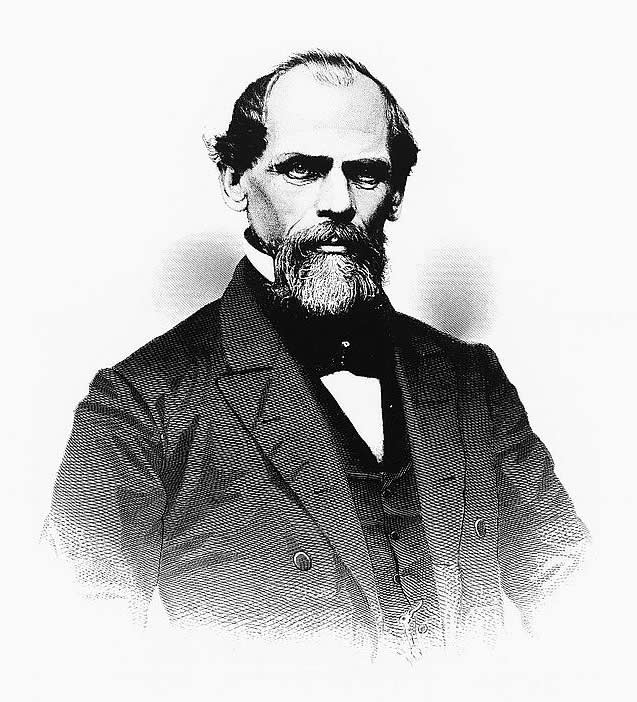
To design the bridge during the 1880s, demanded theoretical and practical knowledge and approach in equal measures, but, not without a precarious and crucial balance of both.
To achieve this Roebling fashioned an “equilibrium strength approach” which always satiates the equilibrium of the form, but the “compatibility of deformations” is never enforced.
Through this, he was succeeded in creating the kind of bridges that were monumental in grandeur and are now considered as landmarks to the destination.
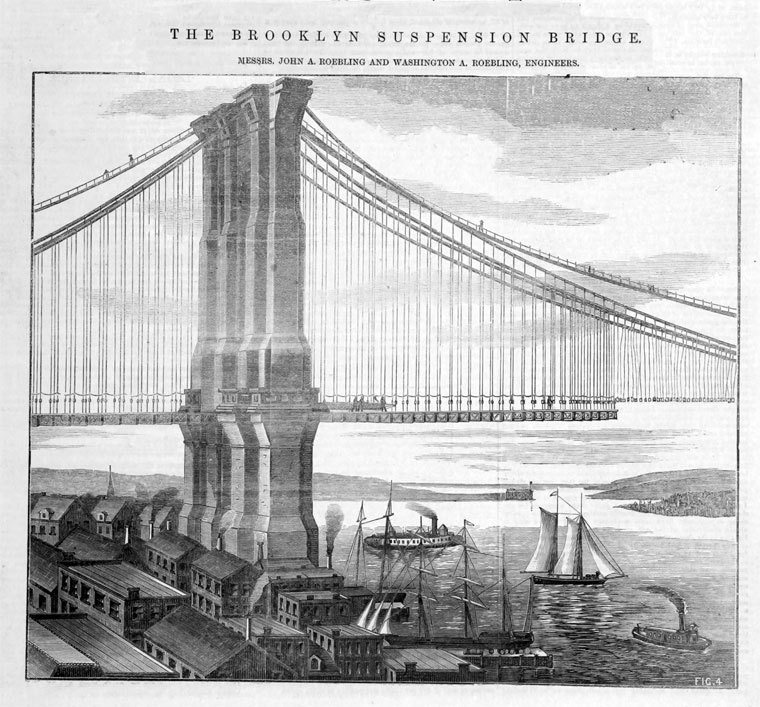
Achievements
And a grand example of this is the Brooklyn Bridge that stands its formidable ground in all its glory in New York City. The Brooklyn Bridge is a hybrid composition of a cable-stayed and suspension bridge bringing the very best of both worlds in a stunningly integrated structure. It is also one of the oldest bridges of either category in the United States.
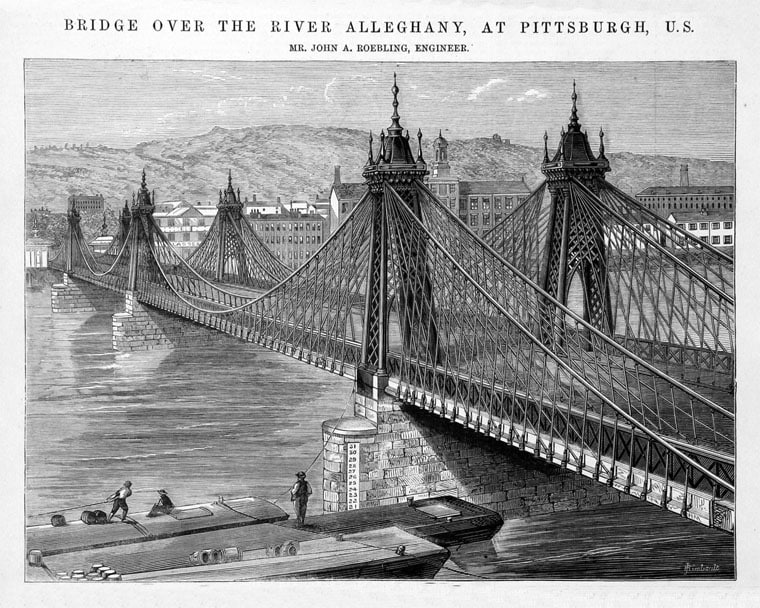
The John A.Roebling Suspension bridge that spans over the majestic Ohio River was completed in the year 1866. At that time period in history, this was also the longest suspension bridge in the world.
Overall, each of Roebling’s formations could be seen to possess an intrinsic mix of an efficient and economic structural integrity that is balanced beautifully with elegance in every way!
Eero Saarinen
An absolute turning point in the history of architecture arrived when the renowned Finnish-American architect Eero Saarinen gave form and expression to the celebrated TWA Flight Centre.
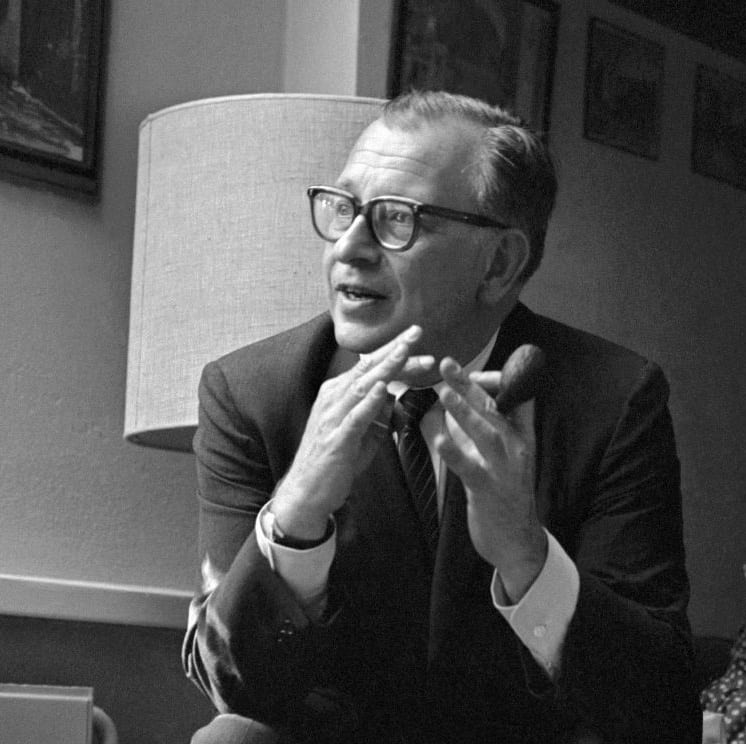
An accomplished industrial designer, Saarinen crafted the neo-futuristic style and imbued the 20th century with an eclectic blend of the scientific and the fantastic in modern contemporary art. Eero Saarinen was the son of the legendary Finnish architect, Eliel Saarinen whose works are exalted for the use of sweeping and arching, simple structural curves or what is known as “machine-like rationalism.”
Saarinen’s most celebrated and acclaimed work is unarguably the designing and construction of the TWA Flight Centre which glorifies his “neofuturistic expression.”
And if one studied its design closely enough, they could witness how the designer brought
about a wondrous creativity in tactile shells to achieve the structure’s spectacular “winged” representation.
Achievements
Saarinen had achieved success owing to his proficiency in melding and integrating his structures with a unique charm that had been an essentially futuristic design in his generation.
Before designing the TWA Centre, Saarinen had fashioned the Gateway Arch which is a 630-foot tall structure situated in St.Louis, in Missouri’s U.S State. It is one of the most dignified structures ever made of stainless steel in a form representing a flattened catenary arch. The Gateway Arch is also the tallest accessible building in Missouri, the tallest building in the entire Western Hemisphere and the tallest arch in the world!
Saarinen had collaborated with German-American structural engineer Hannskarl Bandel in the year 1947 for creating this regal and magnificent wonder.
The fundamental aspect that the Gateway-Arch, like all the rest of the structural marvels designed by Saarinen, achieves is an essential amalgamation of the 3 principle E’s, making it a perfect structure.
Down to its very use of built material and design even in the tiniest of portions, the structure reflects a brilliant understanding of the elements of cohesion. Not only does the entire structure impart an efficient feel to the overall style which makes it “accessible,” but it also successfully achieves a very economic construct even in its immeasurable elegance.
What Eero Saarinen did was whisk up a perfect balance of the architectural elements that are in a state of free-play. All of his master-strokes in designing put forth exquisite examples of perfect synergy between an architect’s creative feat and that of a structural engineer’s rationale.
Frei Paul Otto
One of the most illustrious architects the world has ever had in the archives of architectural wonders is Frei Paul Otto, who is also the 2015 winner of the Pritzker Prize.
Frei Otto is not only one of the few acclaimed German artists that the world knows of, but he is also an esteemed structural engineer, lauded for his methods of using lightweight structure in constructive science. He has been particularly known to play with “tensile and membrane structures” that is reflected in his designing of the Olympic Stadium’s roof structure in Munich for the 1972 Summer Olympics!
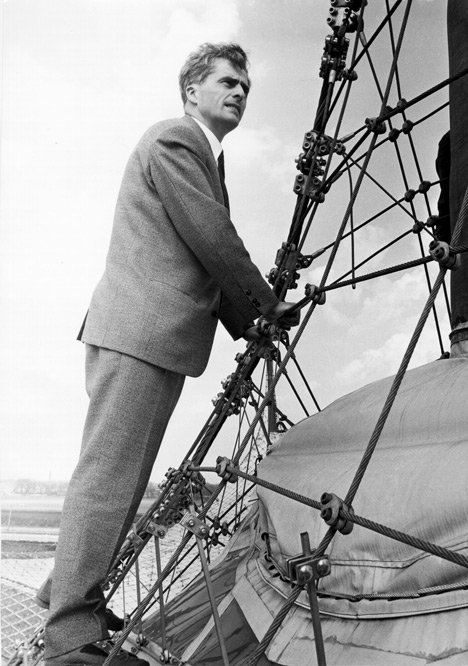
Frei Otto has had a concrete primary education in architecture from his father and grandfather both of whom were sculptors. He had also worked as a stonemason’s apprentice during his school days.
Frei Otto, as a kid, had an immense interest in flying miniature glider planes which he also designed. This was the primary factor which urged his fascination in structures that consisted of thin, delicate membranes stretched on light frames and how they were able to incredibly respond to structural forces and aerodynamics.
Achievements
Frei Otto spearheaded the utilization of the lightweight, contemporary “tent-like”’ structures for several purposes. He has also been known as one of the few artists who structured complicated models, for testing and perfecting tensile shapes. All of this was happening way back in the 1950s, which made him a pioneer in the field of futuristic designs.
One of the reasons for which he mainly focused on viable designs and shapes was because of the economic and ecological values they uplifted for the world to know of and understand.
All of his designs brought about a well-balanced, cohesive form of economic structural design that was both functional and elegant at the same time! The 3 perfect Es all there, right?
Frei Otto always focused on constructing these complex models to ascertain the “optimum shape” a form could achieve and how well it performed under rigorous tests.
One of the comparatively lesser-known facts about the engineers hired by Frei Otto for his studio work was that they were the early adopters of computing systems for analyzing the structures of the designer’s projects. However, the primary input data required for such analysis were provided by the “physical form-finding models.”
Felix Candela
Felix Candela is undeniably one of the epoch-making architects in the history of architecture. This is because he had brought about the initial fragments of a revolutionary new style that was about to change the perception of modern art itself.
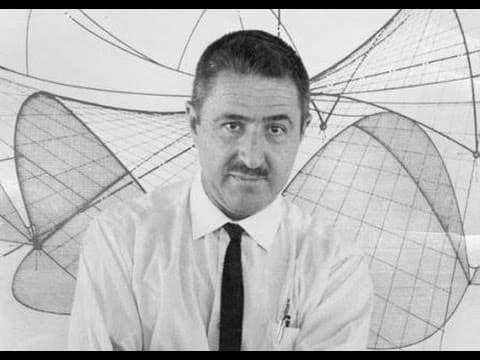
He was of a Spanish-Mexican descent who infused an invigorating new spirit into Mexican architecture, redefining structural engineering for the existing traditional forms.
Candela’s most prolific and acclaimed contribution had been his skills of developing thin shells that are created using “reinforced concrete”, and famously called “cascarones.”
Candela’s visual intelligence along with his “descriptive geometric and trigonometric talent” was noticed as being a prominent factor during his determinative years of education.
Achievements
Candela collaborated with esteemed structural engineers Alberto Domingo and Carlos Lazaro to design the ‘The Oceanographic’, known as ‘L’Oceanografic’ that is located in the east of Valencia in Spain.

It is an oceanarium which shelters a number of disparate marine habitats found in Spain. The economic built integrity is one ethereal beauty which follows a sort of structural repetition. This creates a cohesive, unified look of elegance, yet having efficient functionality of purpose. The overall structure is overwhelmingly beautiful and essentially delicate, almost giving it a natural, biological transformatory look in every way!
Santiago Calatrava Valls
Any mention of 21st-century “Structural Art” specimens or anecdotes would remain vehemently incomplete without an introduction to one of the most brilliant architects of all times- Santiago Calatrava Valls.
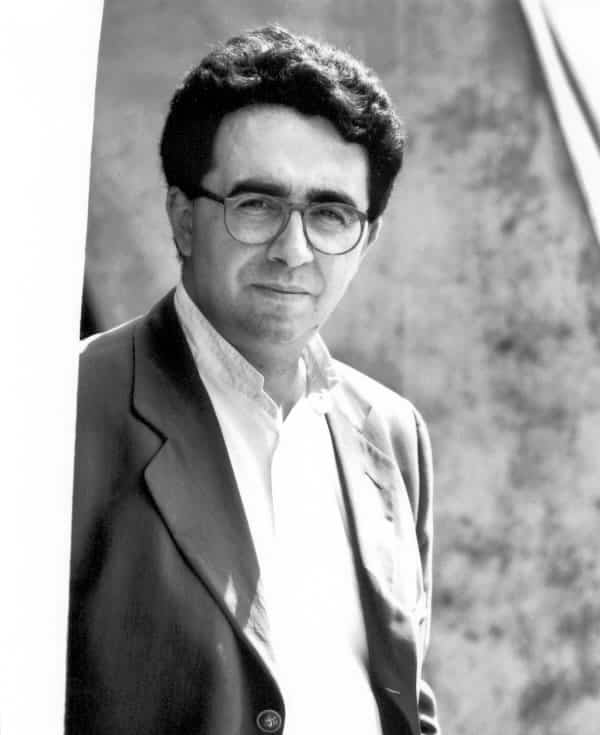
Santiago Calatrava Valls is a prominent Spanish architect who has specialized and re-defined structural integrity in neo-futuristic architecture, structural engineering, modern sculpture, and painting.
Calatrava’s projects have been an inspiration for Global Popular Culture. His designs also became the foundation for the Nova Corps world, Xander in the sci-fi movie “Guardians of the Galaxy”! And this has to be, undeniably, one of the coolest things about his personal style!
His earliest undertakings mostly consisted of railway stations and bridges which imparted a unique sense of identity and eminence to civil engineering altogether.
One of the most iconic works of Calatrava ever is the Alamillo Bridge situated in Seville, Spain. It is a hybrid structure belonging to both cantilever-span/cable-stayed categories, possessing a single pylon that counterbalances a “200 m span with thirteen lengths of cable.”
The “singular-mast design” of the Alamillo bridge reflects an outstanding balance of beauty with incredible strategic functional aspects. This brings about a coherence of all the elements in play, creating a utilitarian masterpiece of sorts.
According to Calatrava’s own proclamations, his individual style seeks to bridge the distance between architecture and structural engineering. He states the role of countless researches on the human anatomy and the organic world as being the foundation for the development of a personal style.
Calatrava created the Quadracci Pavilion in 2001 that rests at The Milwaukee Art Centre. It consists of a mobile, ‘wing-like brise-soleil’, opening up at a wingspan of 217 feet during the day and folding over the imposing, arched structure at night or during adverse weather conditions.

Achievements
The performance of the structure is put to the test during this process, creating a visual splendor and an enchanting aura for the entire design. The Reiman Bridge that has also been designed by Calatrava links to the pavilion, providing an accessible trail to the people for traveling to and from downtown Milwaukee.
This way, the overall structure flaunts an incredible balance of elegance, efficiency and economy in every constituent component it is formed of.
Calatrava created The Turning Torso, a masterpiece that signified his entry into the arena of high-rise, lofty tower structures. The Turning Torso is the tallest skyscraper in Sweden and all of the other Nordic countries. It is based aesthetically on the Twisting Torso that is a sculpture in white marble inspired by “the form of a twisting human being” created by Calatrava himself.

To achieve this absolutely breathtaking structural form, he had to work endlessly on his skills with the assistance of his knowledge and understanding of architectural elements. Following this path, he developed an immobile concrete building that was engineered in 9 segments of an elaborate structure of five-story pentagons.
These pentagonal parts “twist relative to each other” as the structure goes up. And finally, the uppermost section has been twisted 90 degrees clockwise “with respect to the ground floor.”
The Turning Torso is one of a kind. It is an exemplary specimen of elegance that has gone beyond mere aesthetics, as “the ‘turns’ of the floor plates have been well accommodated by the building’s functional requirements.”
Parametricism
It should also be duly highlighted that a particular structure of structural engineering that is secure, safe and even utilitarian may not reach up to the point where it could be deemed as a “structural art” just because they have failed to be “elegant.” The solution to how an architect may work out this situation to successfully make it conform to the rules of structural engineering most certainly rests in “Parametric Design.”
One of the latest examples of a “structurally-centered elegant approach” is witnessed in the, India that is designed and constructed by Skidmore Owings & Merrill (SOM).
SOM has been known as a pioneering figure that has kept up ahead in the game of structural systems than numerous other collaborations and enterprises.
And, it has achieved absolute perfection in style, form, and function in its construction of the delicate “concrete cells” of the airport’s canopy that rises from brilliant colossal columns.
In this architectural splendor, SOM has realized and emphasized precisely on the very capability of parametric designs that can aid and complete the fundamental components of a structure, providing utter elegance to its overall form.
Patrik Schumacher
The greatest advantage that could be derived from parametric designs is its capacity to provide an essential and efficient connection or link that bridges aesthetics and structural performance.
The dawn of such self-referential designs has assisted architecture in taking an immense leap of faith in realizing structures that had previously only dwelled in fantasies of great visionaries.

We have traced the passage of time from Roebling’s sheer genius to the magnificence of Parametricism that shows a rising “complexity” in the structural growth.
Patrik Schumacher brings a fascinating argument on such complex formations as well as formulations of structural engineering to the table that he has carefully composed in “Engineering Elegance.”
Here he states that the elegance of structure which is being interrogated is not really the elegance of minimalism. The kind of elegance that Schumacher advocates flourishes on complexity.
Hence, in Schumacher’s terms, elegance does achieve a “reduction of visual complexity, thereby preserving an underlying organizational complexity.” To sum up: “Elegance articulates complexity.”
He further observes that only when the problem is indeed difficult and complex, could the solution truly be deemed as “elegant.”
While simple solutions are more often “pseudo-solutions,” the truly “elegant solution” is usually signified with an “economy of means” with which it subjugates complexity and disentangles complicated areas.

Patrick Schumacker in his approach to practically resolve the entanglements and incomprehensibility of complex form and design necessitates the act of being attentive to “computational parametric approach.” This imparts the sort of elegance that would successfully commence the digital revolution in structural engineering and architecture.
A blend or more specifically, a conglomeration of the aesthetic, the functionality and performance of structures are what creates a flawless architectural harmony.
Be it a structural engineer or an architect, both are “the inevitable sides of the same coin” who have to consider the role of the essential constituent elements making up a structure than diving head-first in calculations itself.
Because as had been echoed throughout the pages of architectural history itself, if aesthetics can impart “appeal” to a structure, then its essential state of functionality serves as the “grammar” to its form. And as one strives to excel in both, they successfully create the correct form of elegance, making the kind of architecture that performs as good as it looks.
To sum up
Architecture not only originates buildings alone, but it duly gives birth to timeless ideas in form, style. And the very elements of its designs that become the vital signs of a structure. Structural engineering can decode the intricacies of the components that make up a structure.
But, an in-depth architectural knowledge that goes into understanding the flow of design with relation to the structure can seal perfection into place when combined with the former.
We hope you liked our take on the wonders of architecture!
Thanks for giving it a read!

